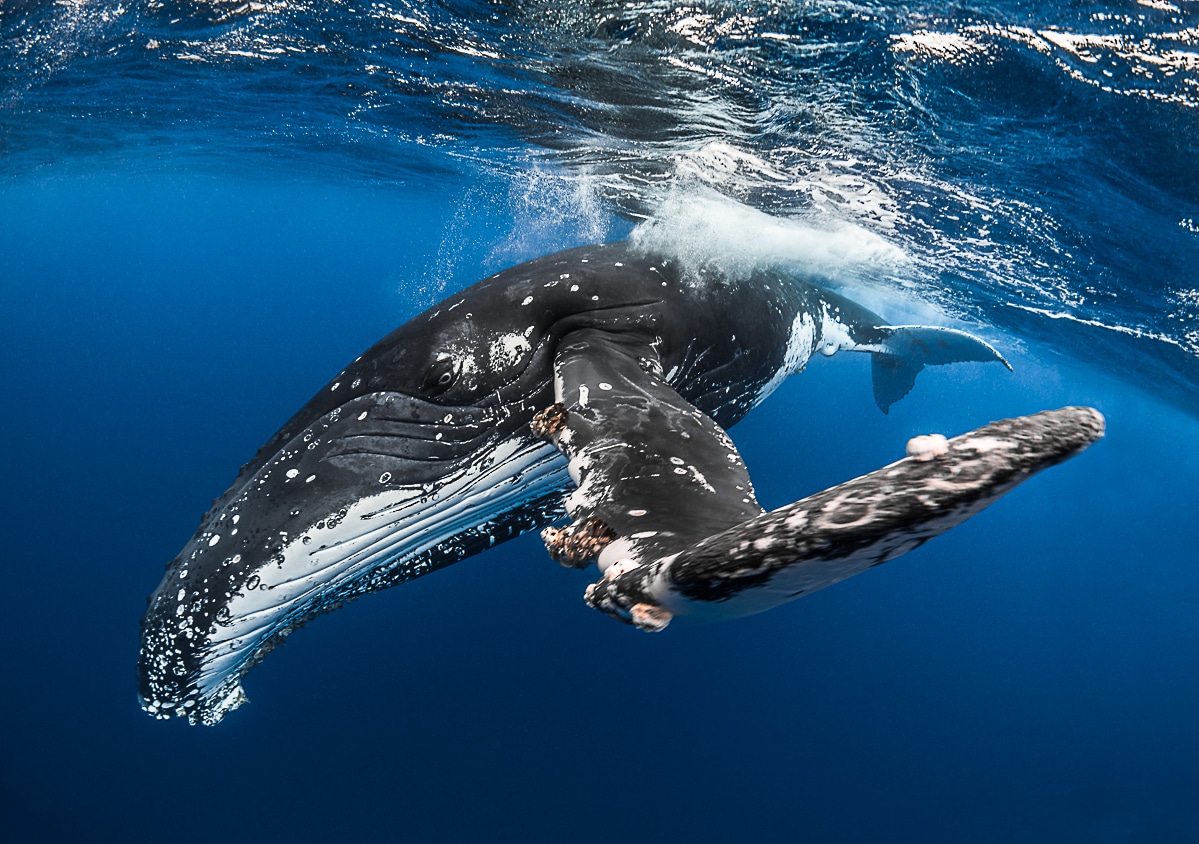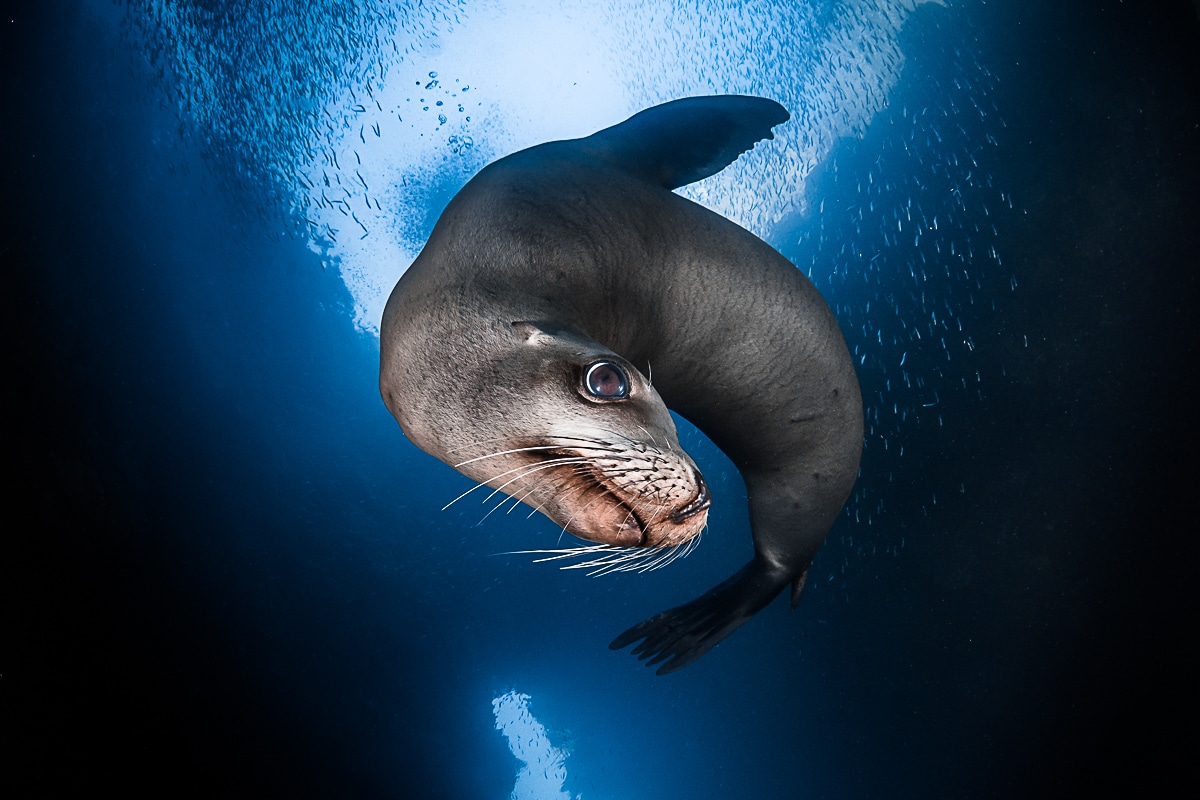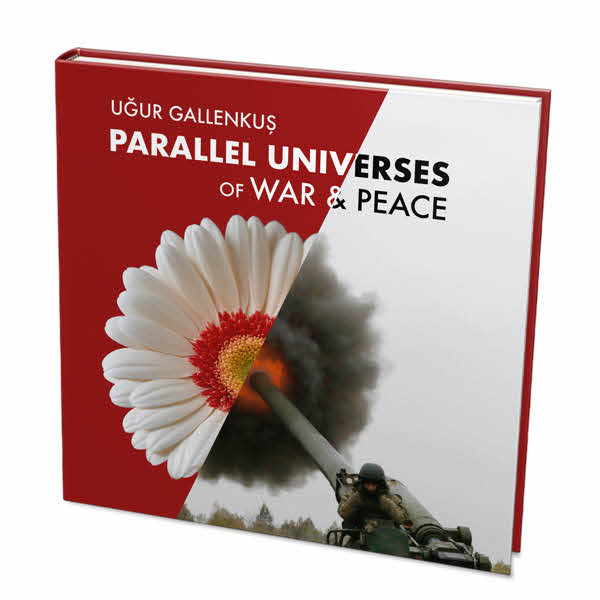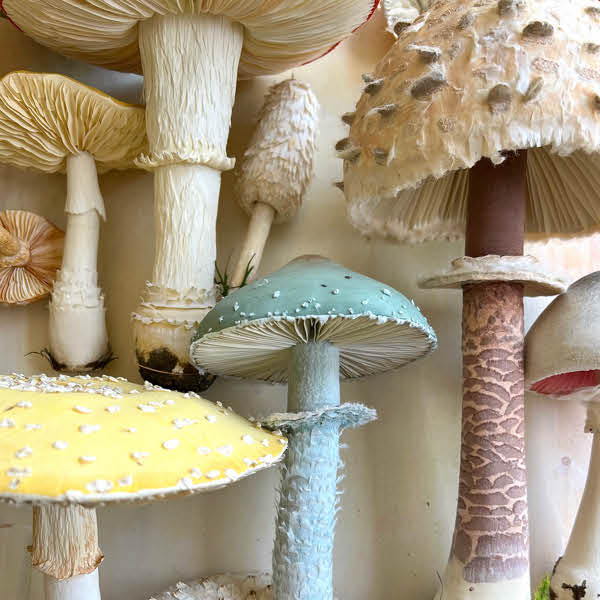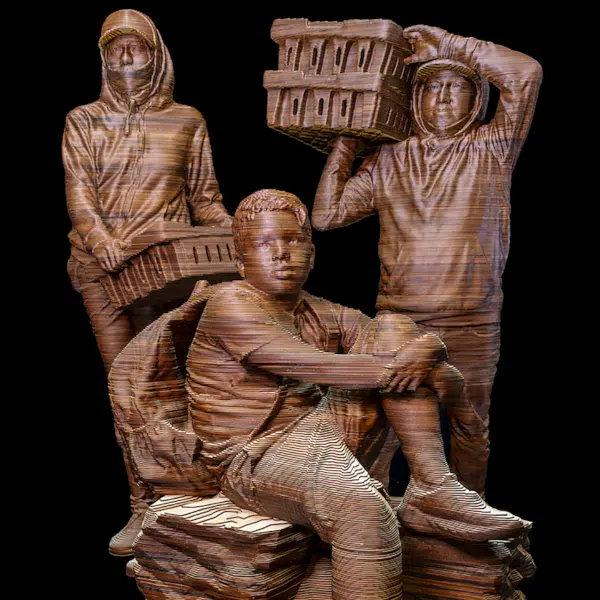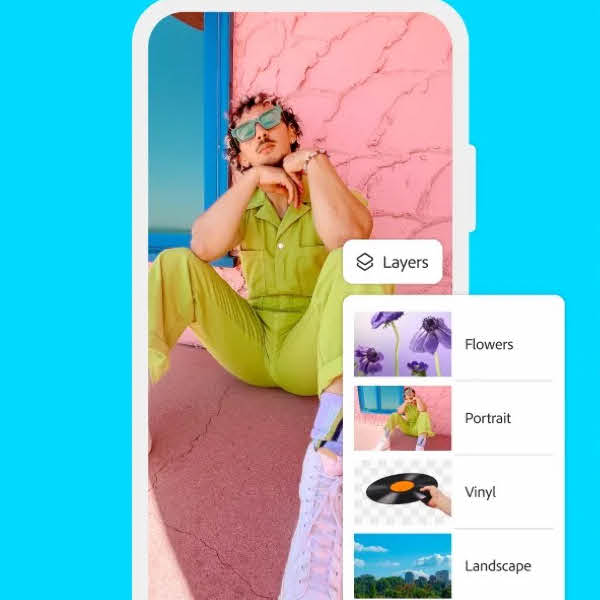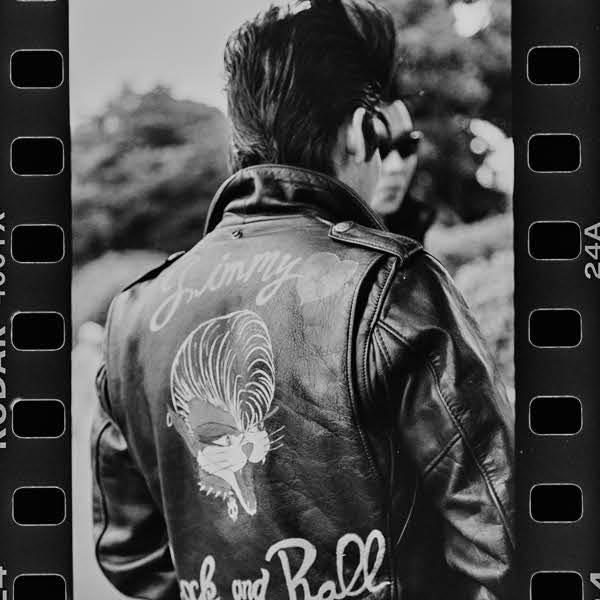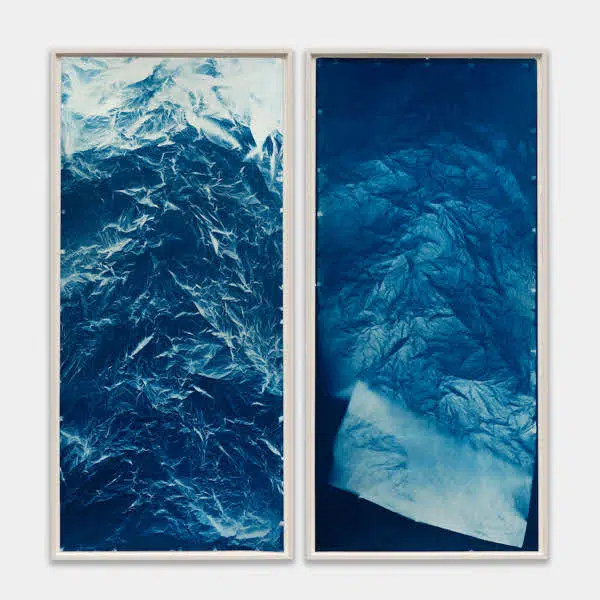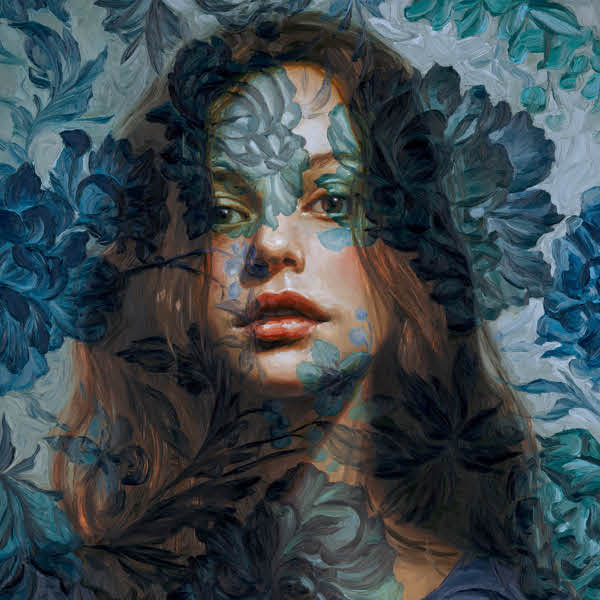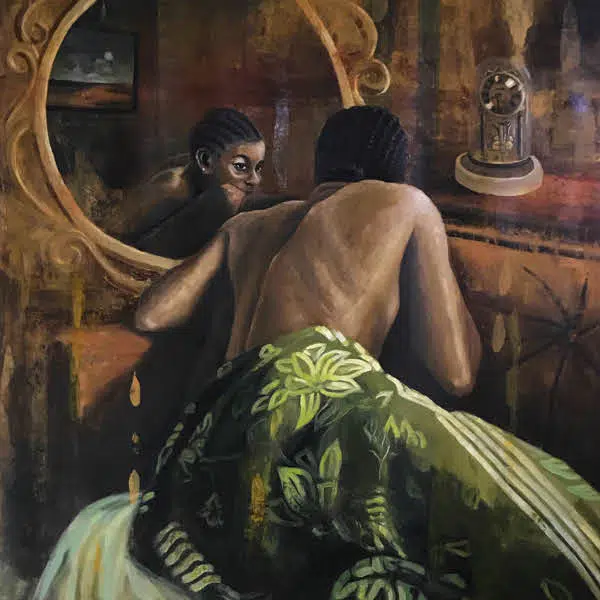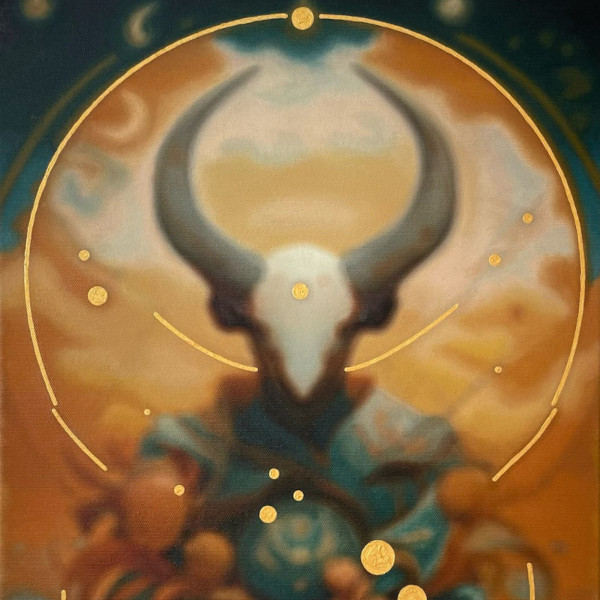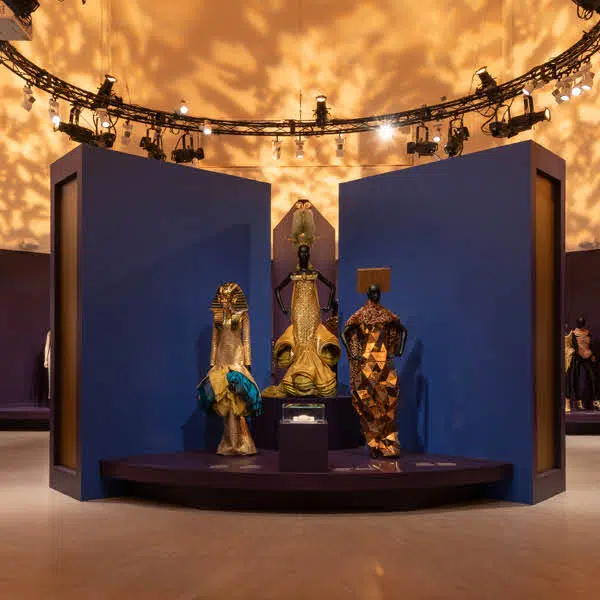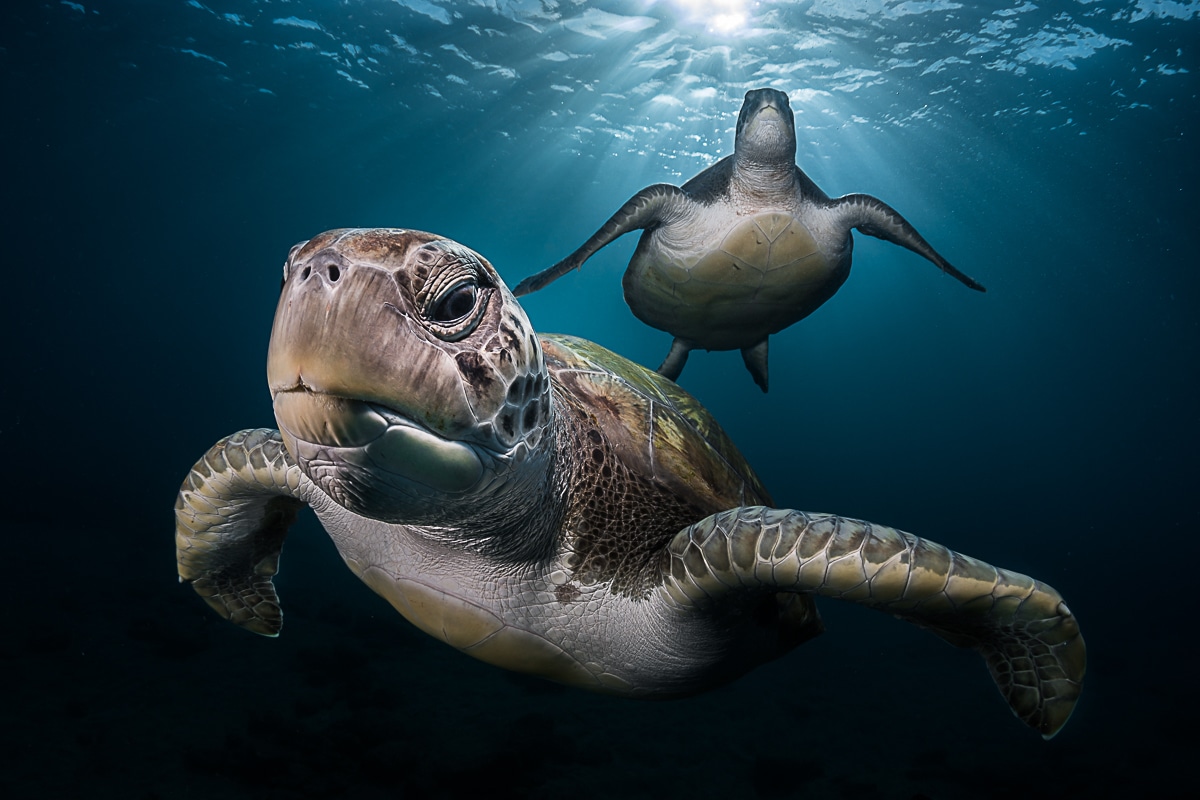
If you follow underwater photography closely, you should be familiar with the exceptional work of Greg Lecoeur. As a top professional in the field, the French photographer sees his work published regularly in trade magazines like Sport Diver and Scuba Diving Magazine. Moreover, Lecoeur regularly tops the list of important photo competitions, most recently being named Underwater Photographer of the Year.
Lecoeur's ability to capture extraordinary moments underwater and to immortalize the spirit of marine life makes his work instantly recognizable. Whether photographing seals in the Arctic sea or giant turtles in the Galapagos, Lecoeur is consistently able to produce striking photographs that unravel the mystery of life under the sea.
Interestingly, Lecoeur is self-taught and was driven toward this profession by his passion for the sea. This passion was fostered from a young age, as he grew up in Nice. This time spent on the French Riviera sparked a curiosity for the ocean that has never wavered. In fact, it's only grown over time.
We had the opportunity to speak with Lecoeur about his transition into underwater photography, how he developed his personal style, as well as his advice for photographers looking to make their mark in photo competitions. Read on for My Modern Met's exclusive interview.
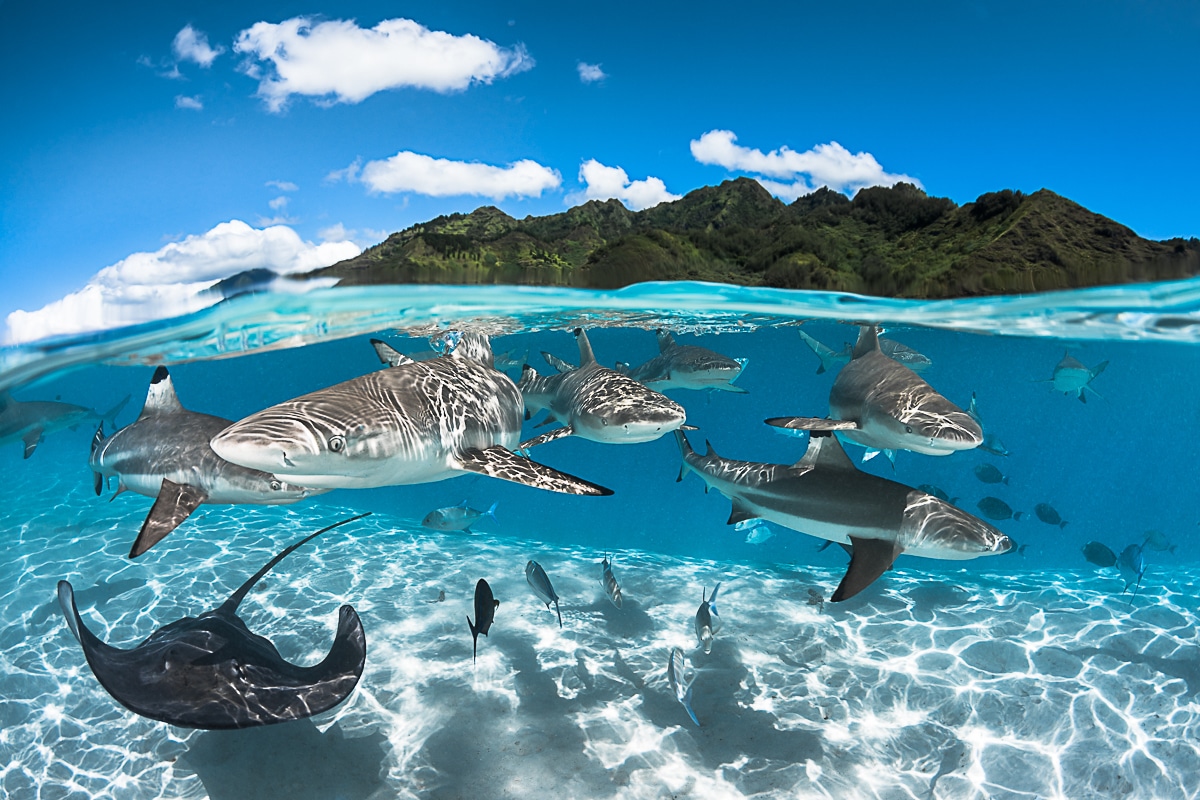
You grew up on the French Riviera, so the sea was always near, but what sparked you to transform this love of the water into your profession?
Since my early childhood, I've been passionate about marine biology and I've always dreamed of doing a job in contact with nature. But life had decided otherwise. After business studies, I worked on my own for 10 years when my passion became stronger than anything else. I then left everything behind to go around the world in backpack mode with my underwater camera, doing odd jobs as a diving instructor in the hope of one day becoming a professional photographer. After a year of traveling the oceans and photographing sea creatures with my own style and looks, my portfolio was noticed and propelled me to the forefront of the stage.
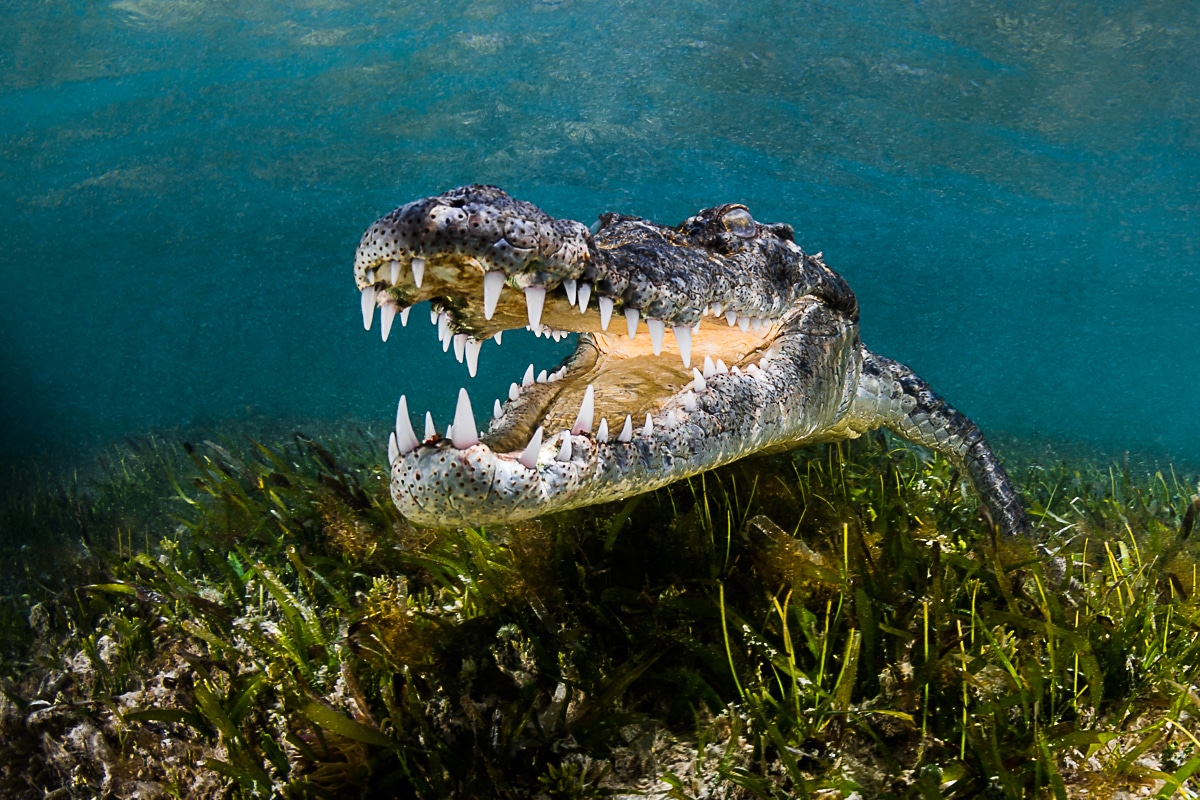
How did you decide to marry photography with your love of diving and what steps did you take to develop your skills?
My primary passion is marine biology, including the study of animal behavior and understanding marine ecosystems. Diving is a way to access this passion, and photography brings this world of silence to the general public.
Living in Nice on the French Riviera, I learned to dive at a very young age—first freediving and then scuba diving. During my diving world tour, I learned underwater photography by practicing in the field and am self-taught.
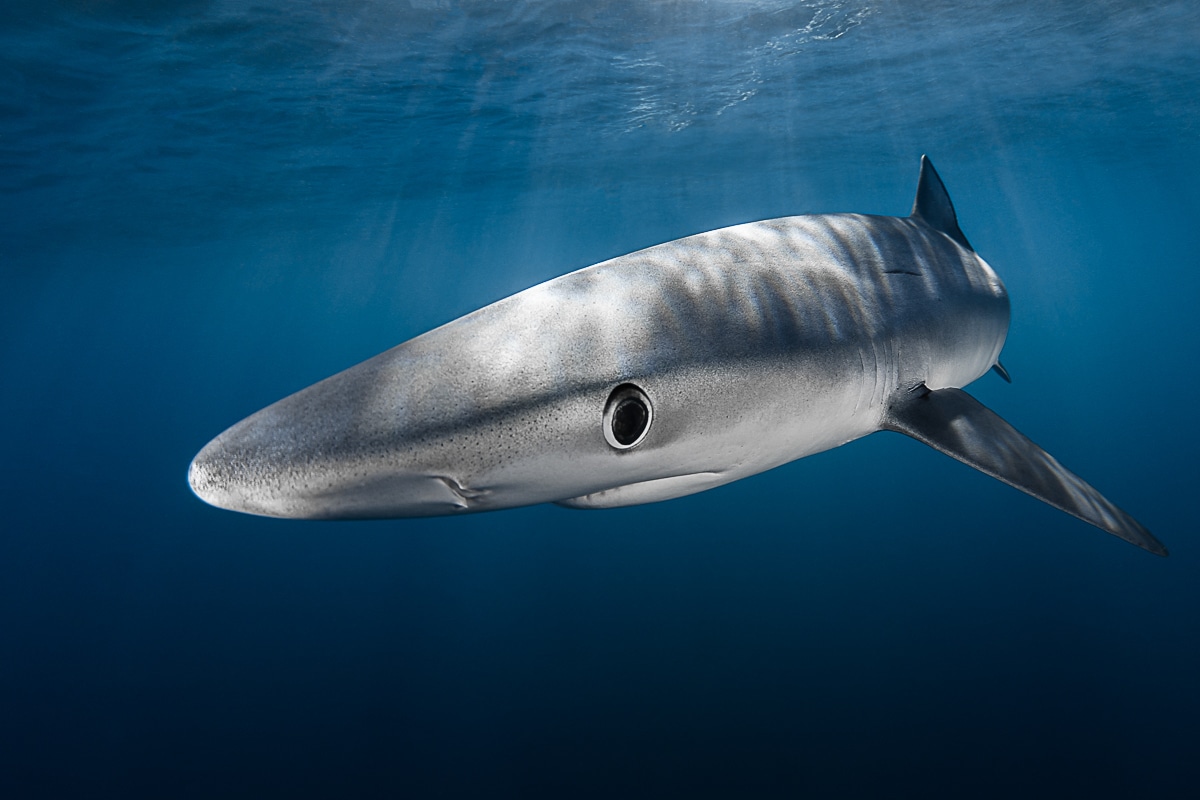
What underwater photographers (past or present) inspire you?
First of all, I was lulled by the adventures of Commander Cousteau and then I grew up with the film The Big Blue, which were sources of inspiration.
As for underwater photographers, many of them are very inspiring. David Doubilet is for me the legend of underwater photography, but other talented photographers are sources of inspiration—Paul Nicklen, Brian Skerry, Laurent Ballesta, Yves Lefevre.
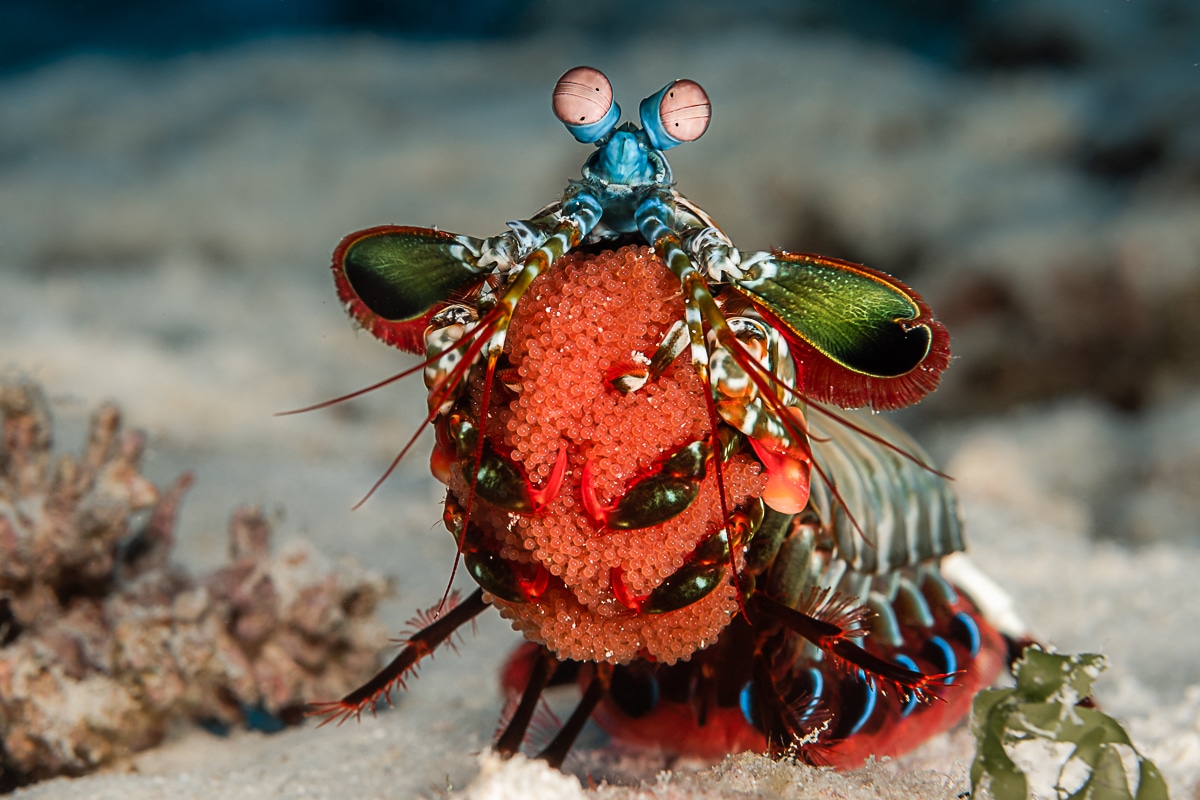
As a creative, it's so important to stand out. How did you work to develop your own style and point of view underwater?
By spending a lot of time in the water and practicing, I have tamed my camera and its sensitivity, allowing me to fine-tune my photographic settings while thinking about how I handle post-production. I also studied a lot the animal subjects I was going to photograph in order to understand their way of life and anticipate their behavior.
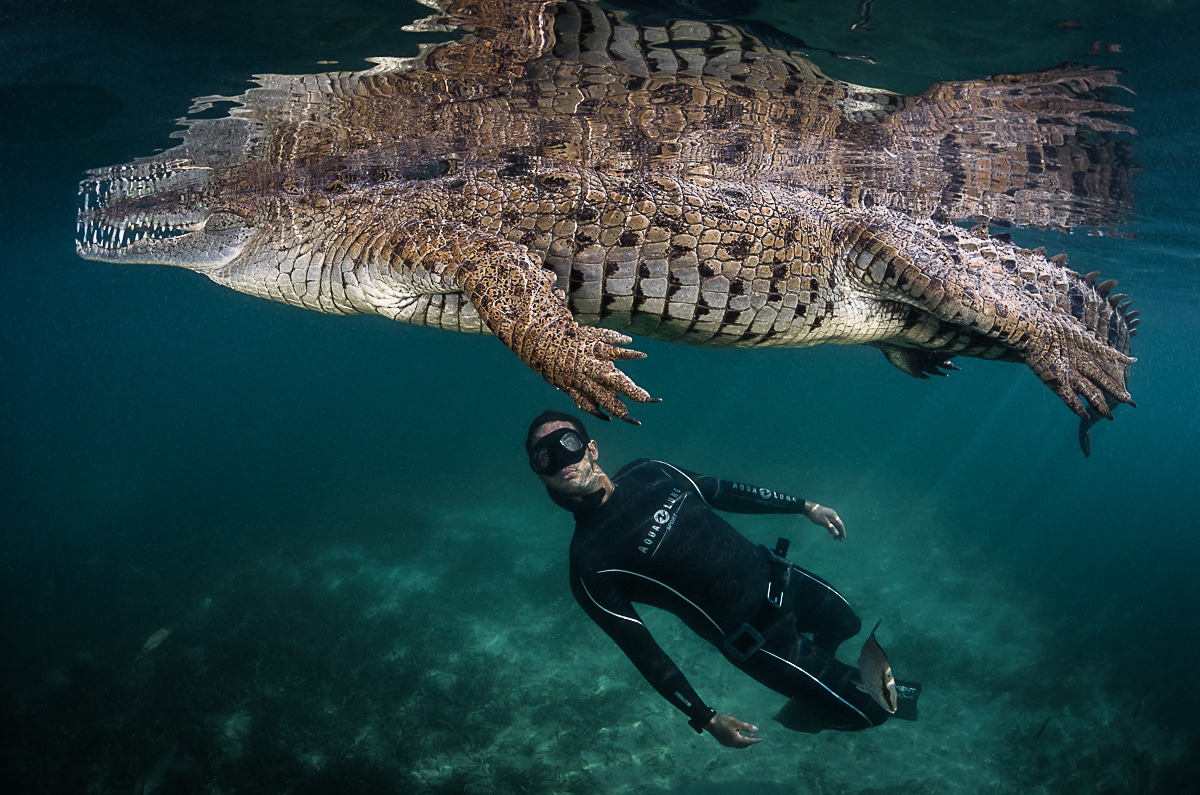
What location stands out as particularly inspiring and memorable for you to photograph?
All over the world, nature is in full swing. Wherever we are, we are surrounded by the beauty of nature. It's hard to make a choice but some destinations are in my heart—Galapagos, Antarctica, South Africa, French Polynesia.
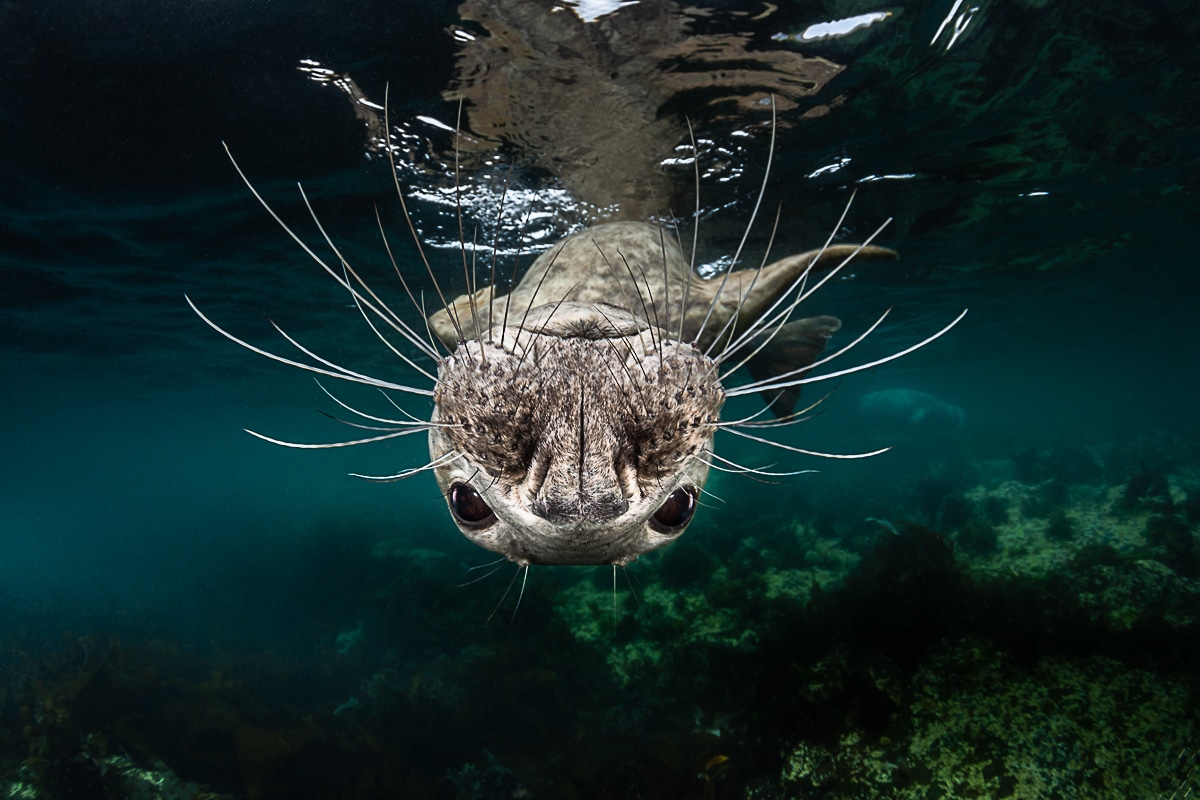
You've done so well in international photography contests. What does this recognition mean to you?
Basically, I didn't want to practice competitions because photography is, for me, a way to share and not a competition. But it's a mandatory step to make a name for yourself and an excellent way to be recognized by your peers.
To be awarded in a competition that is accessible to a large number of people, for me, the challenge is to come back each year with new images that are nominated among the most beautiful photos of the year. Showcasing regularity, special talent, and creativity is a form of recognition in the long term.
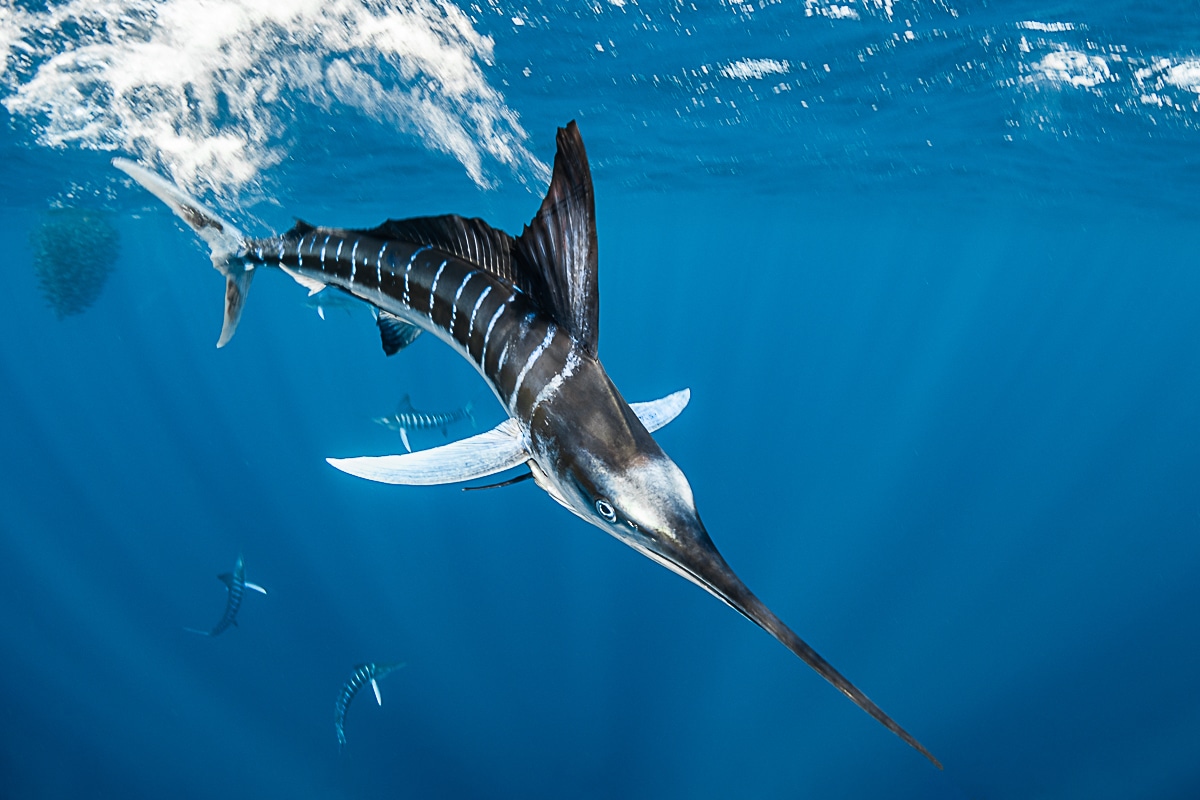
What advice would you give up and coming underwater photographers looking to get their work out there?
Competitions are an excellent way to share and offer great visibility, but they are not enough to become a professional living fully off his passion. I would also like to take this opportunity to say that publishing for free or without compensation in a magazine does not open doors either, quite the contrary. I see many photographers in search of fame who will do anything to have a publication, this is a mistake because it devalues their work and damages the profession. Above all, I think the most important thing is to make the images we like and even if it takes a little time, talent ends up paying.
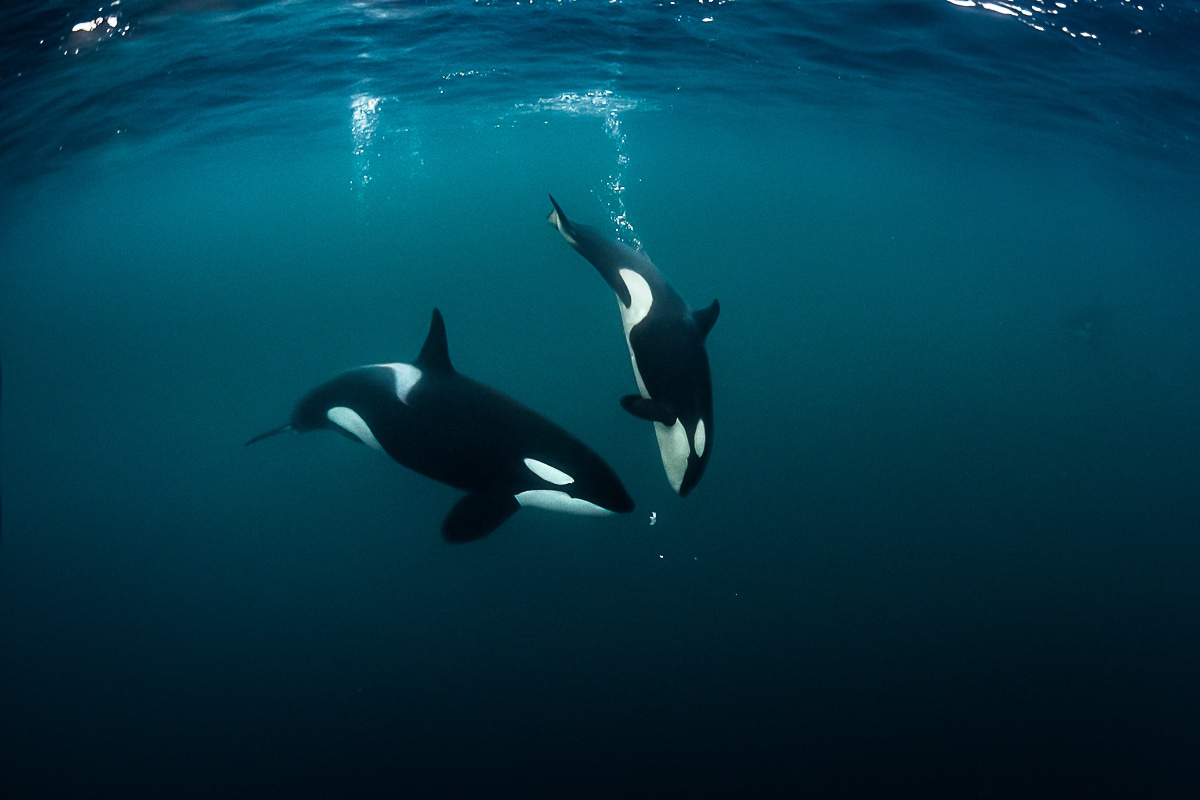
With the world's waterways in such great peril and marine life struggling, what do you feel your role is in helping the public understand what's at stake?
My job is to amaze the public with my images, to raise awareness of the fragility, and encourage the preservation of the marine world. But today, it is no longer time to raise awareness but to take action.
In addition to my images, I try to get more and more involved because we are in the process of destroying our planet and the solution, in my opinion, lies in the daily actions of each one of us. Today, the public needs to know the tools and solutions to take part in changing their lifestyle and consumption.
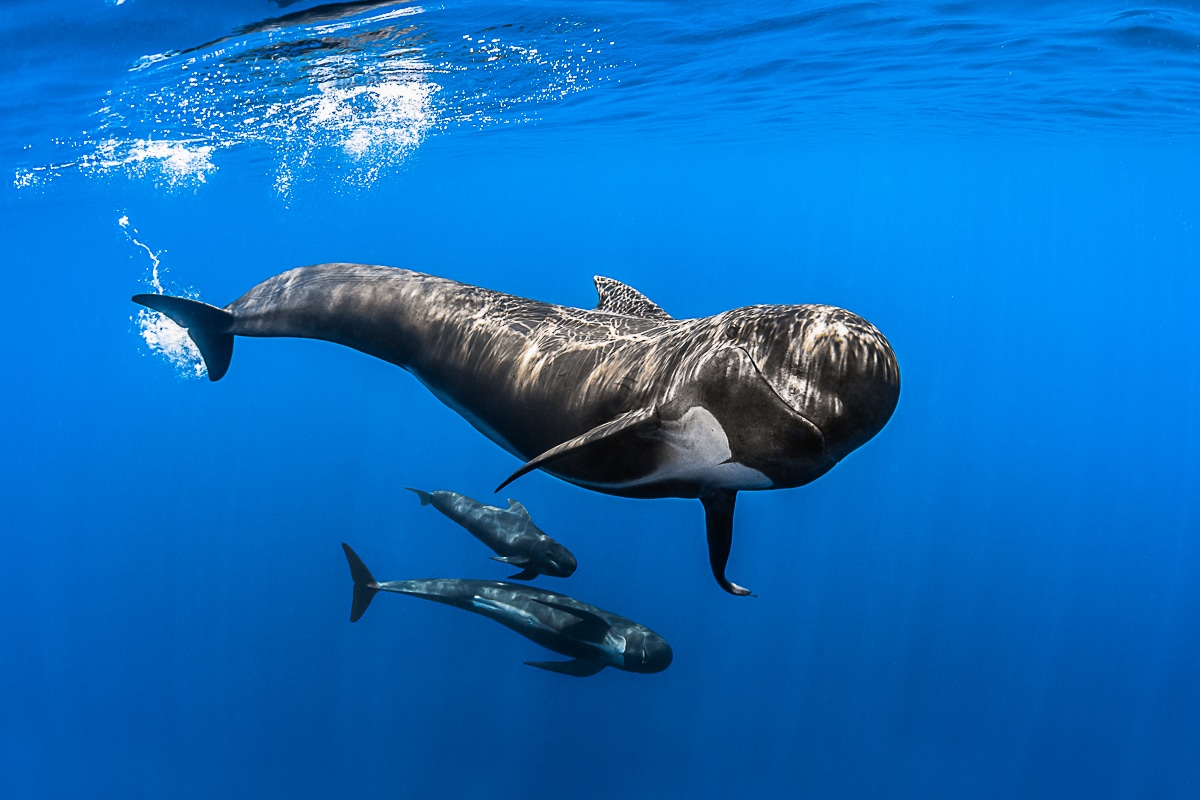
How have you seen life underwater change since you started your career?
For sure, fish stocks are declining. The changes are mainly in the warming of temperatures, which affects the climate and changes the life cycle. Plastic pollution is a calamity more and more present. But overfishing is a disaster.
I am working on an illegal shark fishing project. Let's remember that sharks are vital to the health of the oceans—at the top of the food chain, they regulate the ecosystem. However, they are massacred on a large scale for the value of their fins, with international trafficking equal to narcotics, so profitable it is.
Another example is shrimp. The shrimp fishery is the least selective and about 90% of the bycatch is discarded at sea. That is why we need to change our consumption patterns. Having said that, I am also testifying to good things. Since the whaling ban moratorium, humpback whale stocks have returned to near normal. When one dives into marine protected areas, the biodiversity and abundance of life are unbelievable.
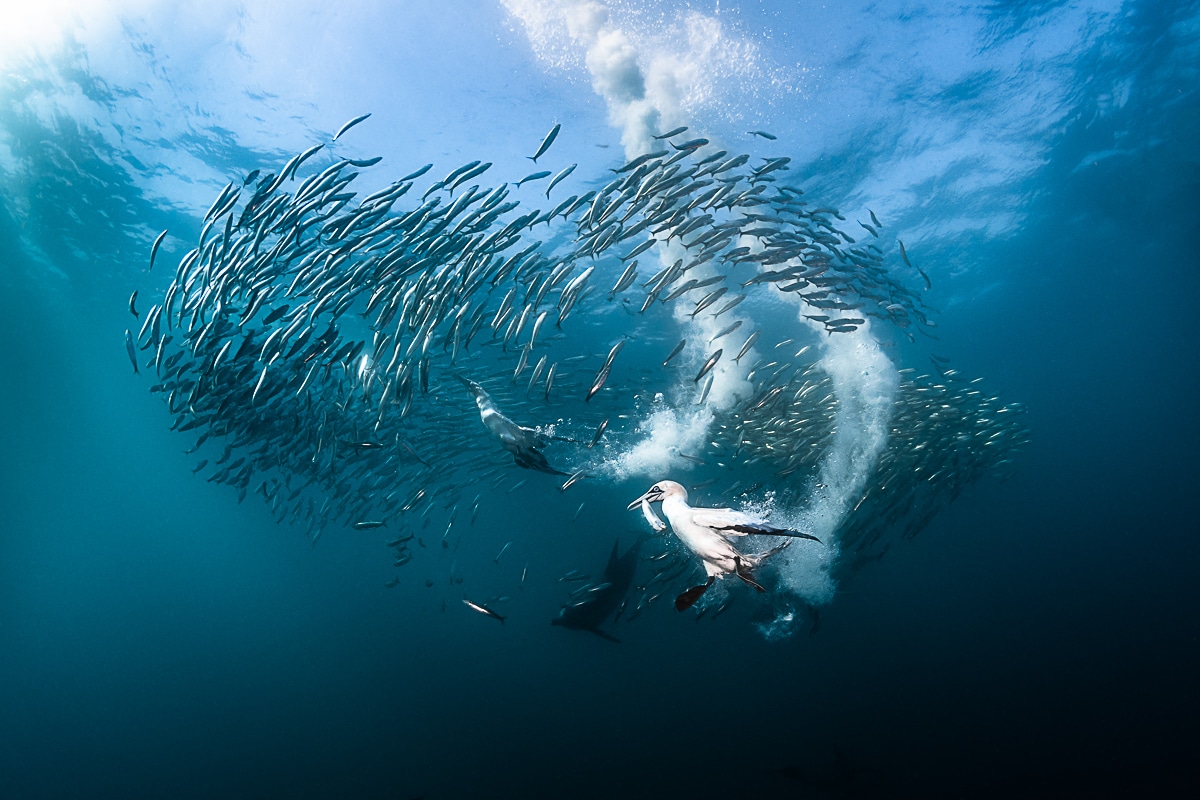
If you could visit anywhere to shoot that you haven't been, where would it be and why?
The Arctic to go diving under the ice and see with my own eyes the impact of global warming.
